Analyzing the Impact of Climate Change in the Anthropocene Era
VerifiedAdded on 2023/04/24
|5
|808
|219
Essay
AI Summary
This essay explores the relationship between the Anthropocene, a concept defining the significant impact of human activities on Earth, and climate change, particularly focusing on its effects on the Toronto ravine system. It highlights how human actions have led to substantial environmental changes, including increased species extinction rates, ocean fish population decline, and excessive nitrogen and phosphorus levels in the environment. The essay further details the specific impacts of climate change on the Toronto ravine system, such as hotter summers stressing urban trees, variable precipitation patterns affecting water availability, proliferation of insect pests due to milder winters, and increased ground-level ozone concentrations damaging leaves. The analysis emphasizes the urgency of addressing these stressors to protect and expand Toronto's urban forest and maintain the ecological integrity of its ravine system. The essay concludes by referencing various studies that support the claims.
1 out of 5
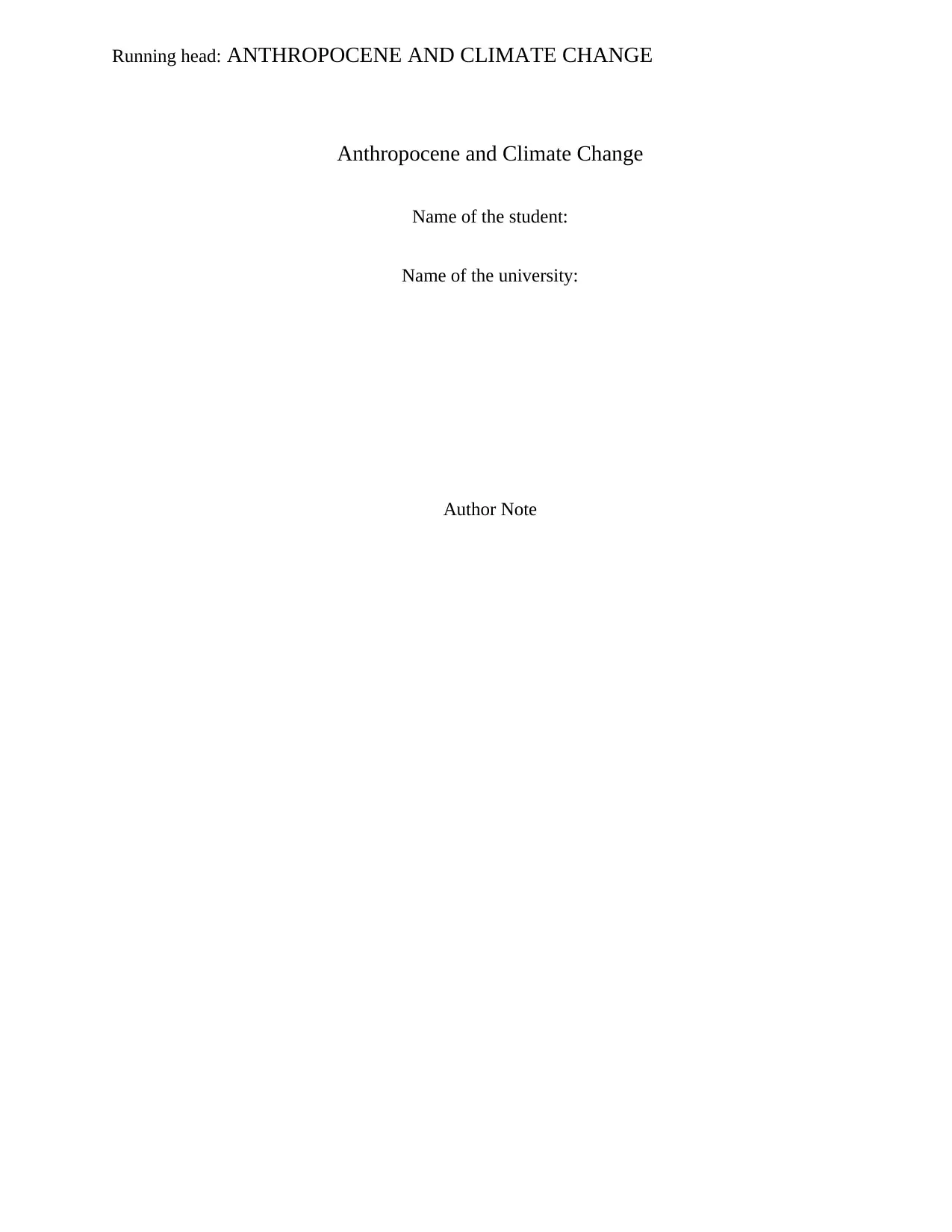
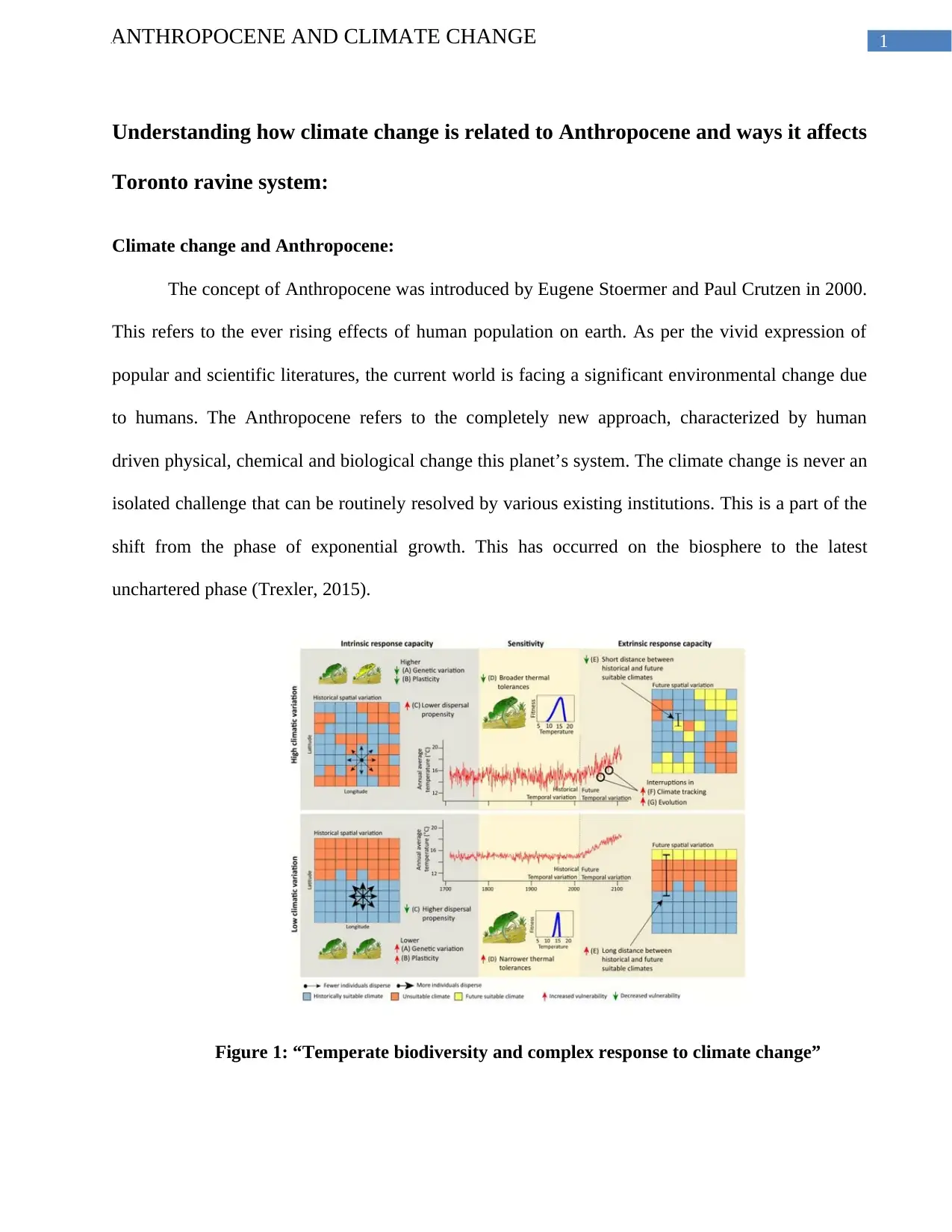
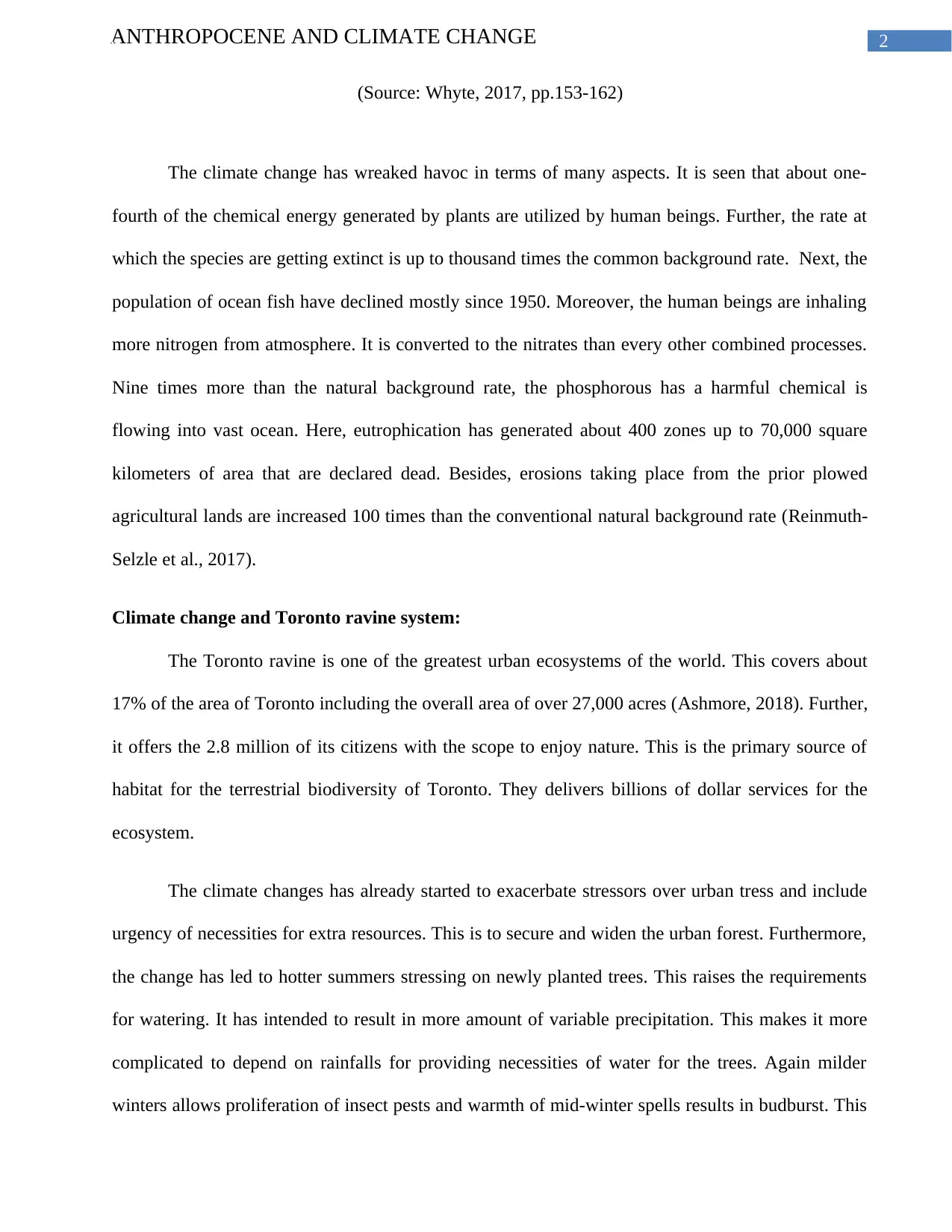

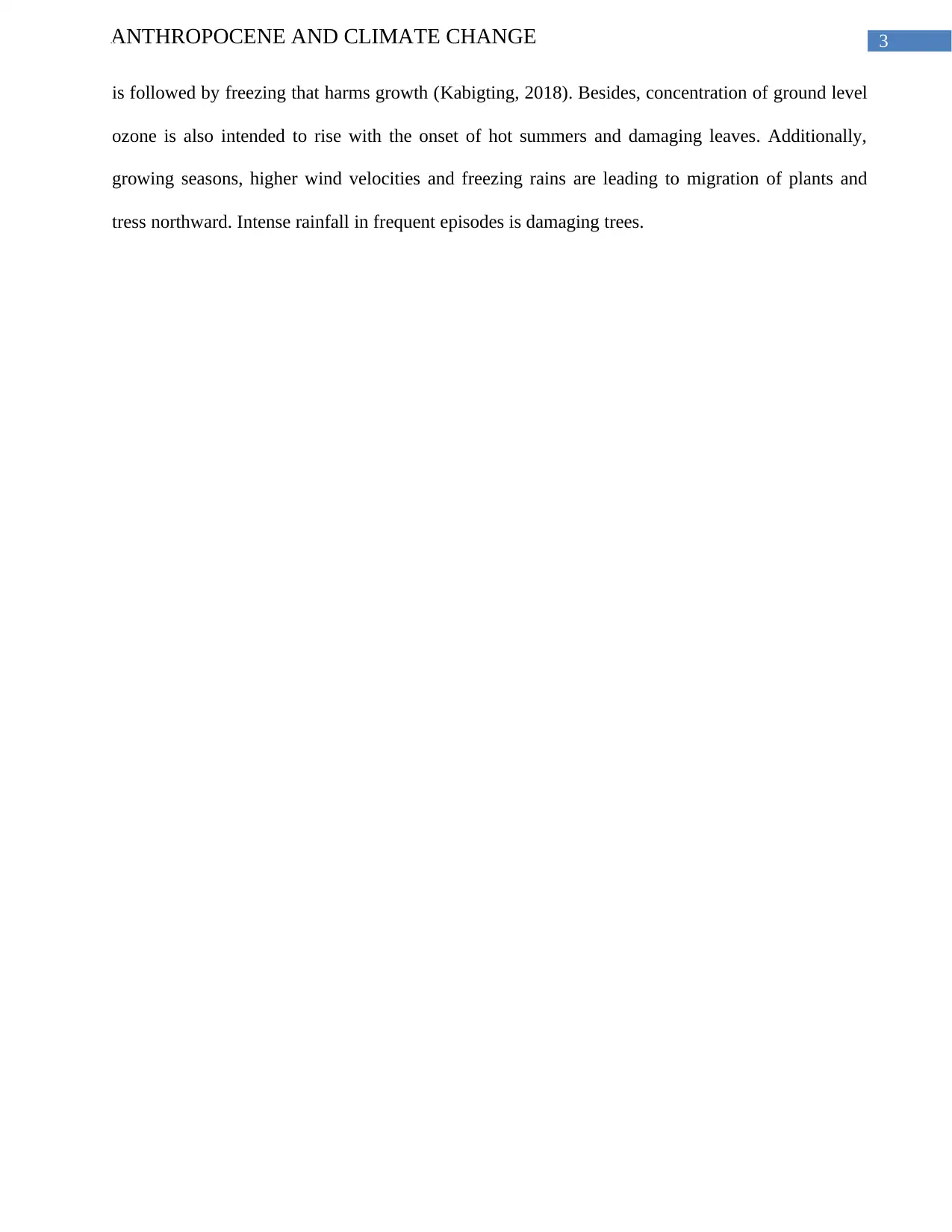
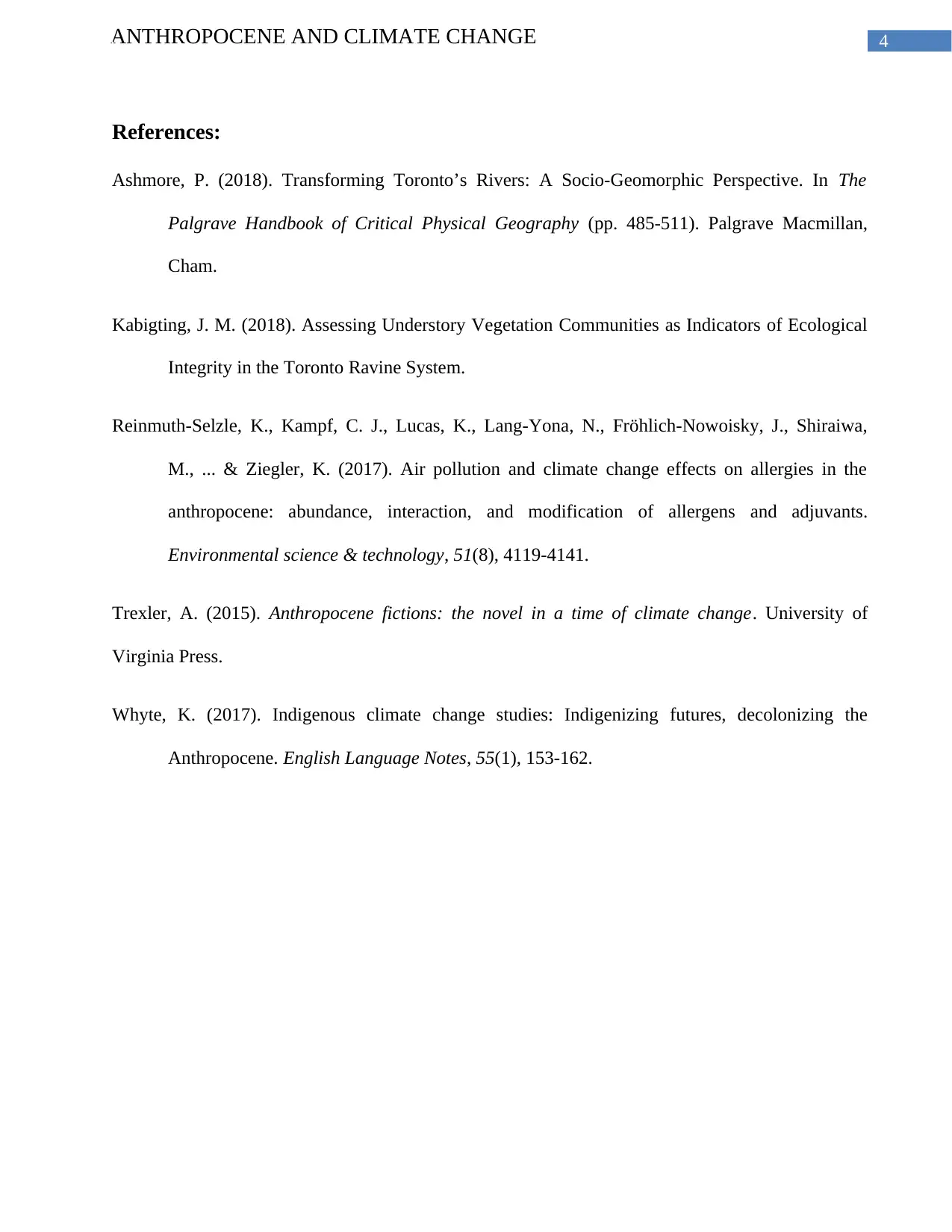






![[object Object]](/_next/static/media/star-bottom.7253800d.svg)